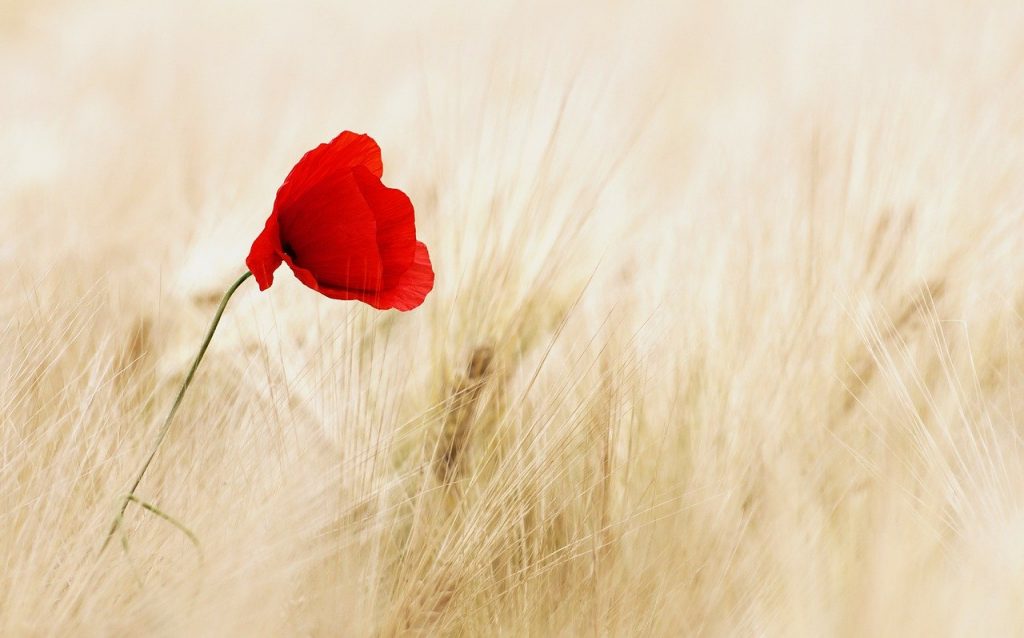
The time of the grain harvest
Lughnasad marks the harvest season. Fruits and vegetables ripen, the grain has turned golden, and the grapes are getting plump and sweet. It is an intensely busy time, especially for gardeners. We toiled in the spring, and now it is time to harvest the fruit of our labour and enjoy the gifts of the season.
The period from spring to late summer is joyous, but also fraught with danger. Late frosts can kill sensitive starts, and summer storms or wildfires may ruin a crop in just a few minutes. A good harvest is never guaranteed. Every year, the devastating effects of climate change are becoming increasingly evident, endangering the agricultural practices on which our lives have come to depend. Where I am, after many years of exceedingly hot and dry springs and summers, this year we had unseasonably wet weather. Without water, there is no life. But too much water can be devastating, especially when it falls as rain, all at once, washing away the topsoil, and drowning plants and animals and flooding basements and worse.
In the Christian tradition, Lammas marks the harvest season. The name comes from the Anglo-Saxon word ‘hlaf-mas’, meaning ‘loaf mass’. Bread and wine are the traditional sacraments of the Eucharists. It is the time of the ripening corn, and the grape harvest.
But the harvest is only one stage of the perpetual cycle of life. Ideally, what we reap now should sustain and nourish us through the dark season, when the Earth is barren and still. Part of the harvest is set aside and returned to the earth. We reap as we sow, but we also sow what we reap.
Facing the unravelling climate catastrophe, we are grateful for anything we can harvest today. But if we want to continue on the agricultural path, we must learn to adapt and live more sustainably. We depend on Mother Earth, and it is time to honour and respect all that she provides.
There are many solutions, but continuing in the ‘business-as-usual’ mode is not among them.


